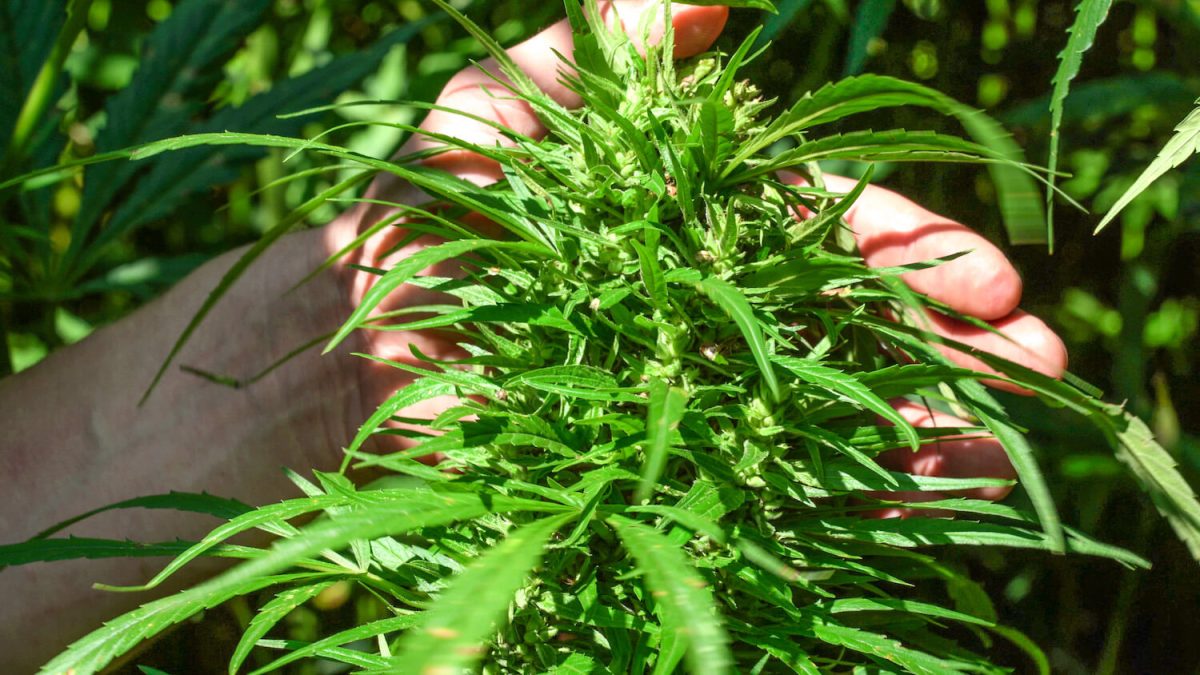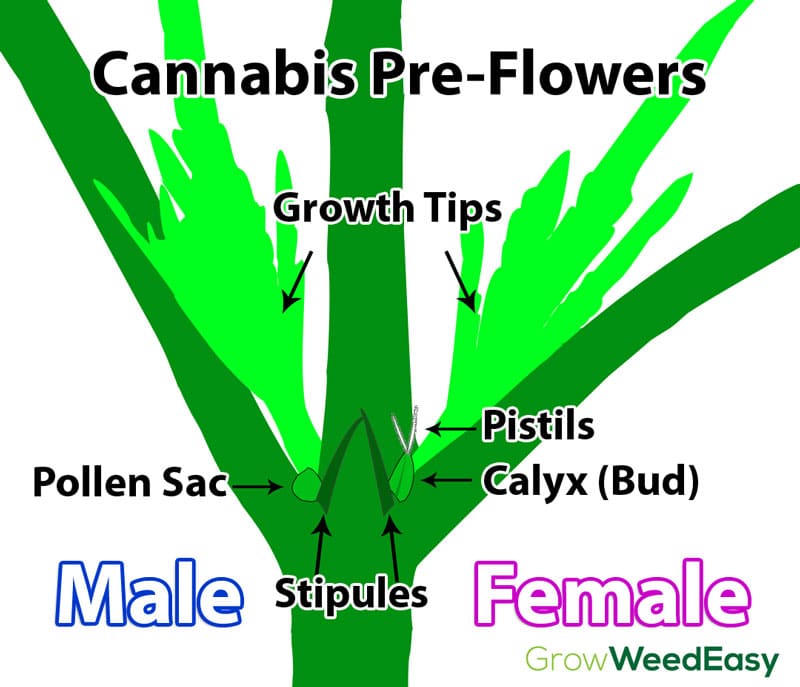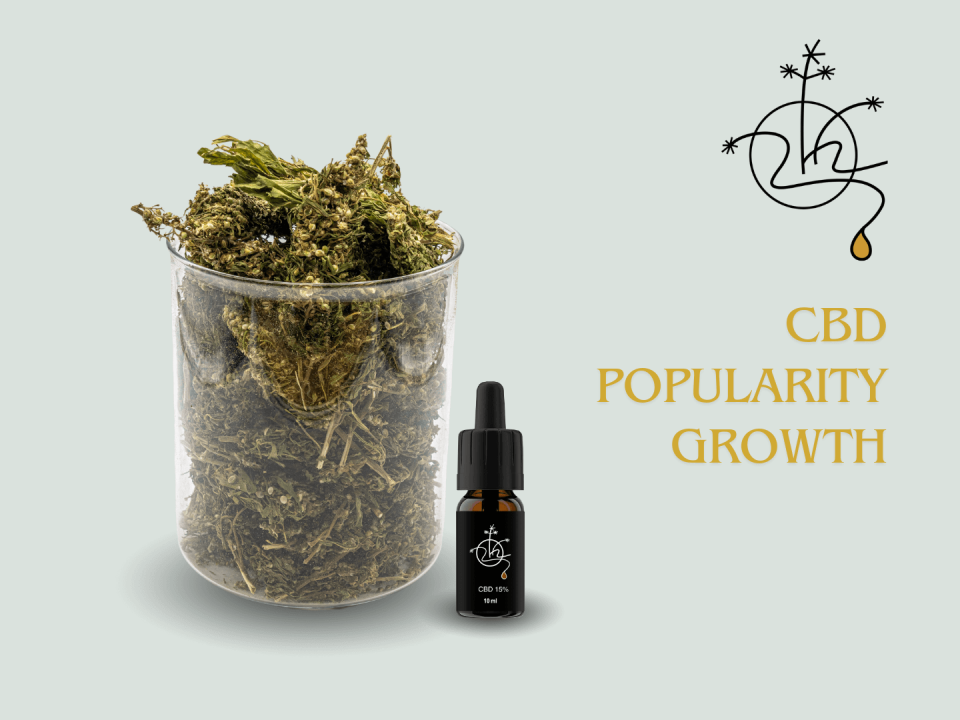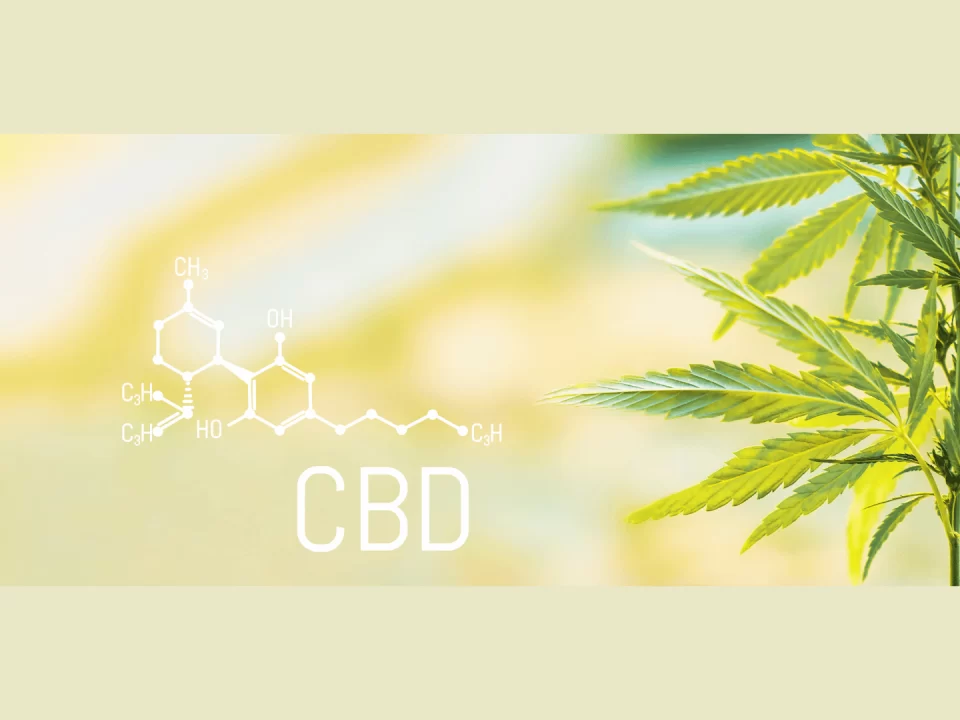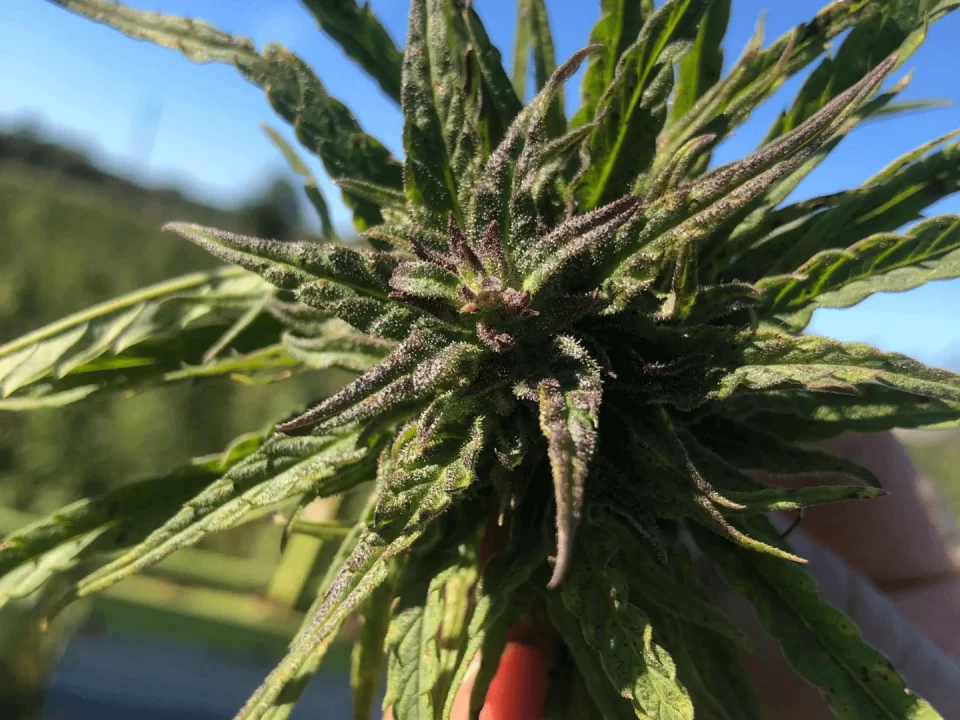Female vs Male Hemp Plants. Or how to grow a good Hemp Crop?
What should every hemp cultivator know?
Our Hemp Farm wants to dispel as many myths about hemp as possible and bring the cultivation of this plant closer to the public, so in this article we would like to take a closer look at the characteristics of the cannabis plant. These biological characteristics are important for us growers to get a good harvest.
The hemp plant is one of the fastest growing plants on earth (like bamboo) and under favorable climatic conditions it can produce up to 3 crops per year. In the climatic conditions of Lithuania, we can grow and harvest only one crop per year (read more about planting hemp: Zenon Hemp Farm seeding day). To get a good harvest, we need to choose the right cannabis strain. Our most common choice are seeds Felina 32, Futura 75, Finola, Kompolti, Dioice 88, which we buy from certified suppliers.
Cannabis is a dioecious plant, which means it can be male or female. The biological differences between male and female cannabis plants is a basic knowledge for anyone in the cannabis industry. Male and female plants are biologically designed to reproduce each other, creating more refined and potent genetics to ensure the continuation of the species. Since cannabis plants can share their genetics through reproduction, their offspring - other cannabis grown from seed - are more resistant to disease, mutation, and other harmful environmental conditions. Depending on what cannabis crops cultivators want to obtain, either female or male plants, or both, are sown.
What is the difference between male and female hemp plants?
Determining gender of hemp plants is a visual process that starts at the beginning of the growth cycle. During the first four weeks of growth, male or female plants begin to form their reproduction organs at the nodes, where leaves and branches extend from the stalk. Thin strands of hair start to grow at the nodes of the female plants, those are known as stigmas and serve as the pistil to catch pollen, which is the main reproductive organ of female hemp plant. Meanwhile, pollen sacs begin to form at the nodes of the male hemp plants.
In the sixth week, male and female plants can be clearly distinguished. Those plants also differ in other features.
Female hemp plant:
- Shorter than male plants
- Slender stalks
- Abundant fan leaves
- Translucent hairs
- V - shaped pistils
- Resinous buds
Male hemp plant:
- Taller than female plants
- Thick ans sturdy stems
- Sparse leaves
- Pollen sacs
What are hermaphrodite hemp plants?
In rare cases, hemp plant can have both male and female reproductive organs. These hermaphrodite plants often thrive as a result of environmental factors including unfavorable weather, disease, nutrient deficiencies, or other stressful circumstances for the plant. Although the hermaphrodite plant has both male and female organs, these should still be considered as male plants as they can fertilize female plants and spoil the entire crop. In addition, such plants will produce seeds that possibly will have the hermaphrodite gene, so hermaphrodite seeds is likely to be produced. There are several cannabis varieties that are more susceptible to hermaphroditism, so before planting cannabis it is very important to choose the right varieties that are more resistant to environmental factors.
Why are female hemp plants so important and valuable?
Since we have already established that sexuality exists in hemp plants and that this process works for reproductive purposes, it should be emphasized that hemp growers generally prefer female hemp plants. Why?

Female hemp plants - buds and flowers
Unfertilized female hemp plants use all their energy to form and grow buds, seedless buds (also called sinsemilla) are some of the most valuable due to their unique properties. They accumulate high levels of THC and CBD. For this reason, hemp is grown mainly for buds, not seeds. Most hemp products are made from the female hemp plants. Therefore, the cultivation of sinsemilla or "seedless" hemp is common today, with female and male plants being grown separately or even discarding male plants to prevent pollination. This allows female plants to concentrate their energy on producing buds rather than seeds.
If you see a hemp bud, it is a female hemp plant. You can buy hemp flower tea at Zenon Hemp Farm.
What are male hemp plants used for?
Male hemp plants grow pollen sacs that are used to fertilize female plants. Plants themselves are not as valuable as female plants. For this reason, they are grown separately so as not to harm the hemp crop. However, male plants are needed by those growers who reproduce, breed new varieties or grow hemp to obtain the highest possible hemp seed yield.
Although male plants often contain less THC and CBD than female plants, cannabinoids can still be found in leaves, stems, flowers and pollen. Male plants produce a lot of pollen that can be harvested, pressed and consumed to obtain the required amount for the production of CBD concentrates.
Male plants are also used for:
- Hemp fiber - the softer material is made from male hemp plants, while the thicker and stronger fiber is made from female hemp plants. Male hemp soft fibers are more desirable for shirts, tablecloths, or bed sheets.
- Concentrate production - male plants contain some THC and may be psychoactive, but much less than female plants.
Isolating male and female hemp plants is the key to grow a good harvest
If the main goal of cultivators is to obtain the highest quality buds and the highest possible yield, then all attention should be paid to the cultivation of female hemp plants. Although we have written how to manually/ visually determine the gender of a hemp plant, it would be difficult for growers to inspect entire plantations and isolate male hemp plants. In this case, feminized or female clone seeds are purchased, which produce up to 99% female plants.
Do you have any questions for us? Contact us
Visit our online shop and buy 100% natural hemp products.

